Google has a number of algorithms that it uses to rank websites in its search results, including the PageRank algorithm and the Hummingbird algorithm. Google also frequently updates these algorithms to improve the relevance and quality of its search results, including the Panda update, the Penguin update, and the Pigeon update. These updates can affect the search engine optimisation (SEO) strategies of websites, so it’s important for website owners to stay informed about changes to Google’s algorithms.
This article reviews some Google updates that significantly reflect the search engine’s focus on users and their online experience.
Optimisation for the user has never been more important as the role of search has evolved to tap into multiple marketing and consumer touch points.
This is reflected in Google’s continued focus on the search experience. In core algorithmic updates, new features, products or changes in SERP format.
While some of these Google changes include updates targeting low-quality content, links, and spam, other updates are aimed at understanding consumer behaviour and intent.
For example, the latest updates have focused on page speed, Important Web Data, and product reviews.
Given the huge competition from brands for SERP real estate, even small dips in position will critically impact traffic, revenue and conversions.
In this article, I examine a combination of some (but not all) Google updates and technological advances, from Panda in 2011 to Page and Product Experience in 2021 and 2022, which significantly reflect the search engine’s focus on human user and online experiences.
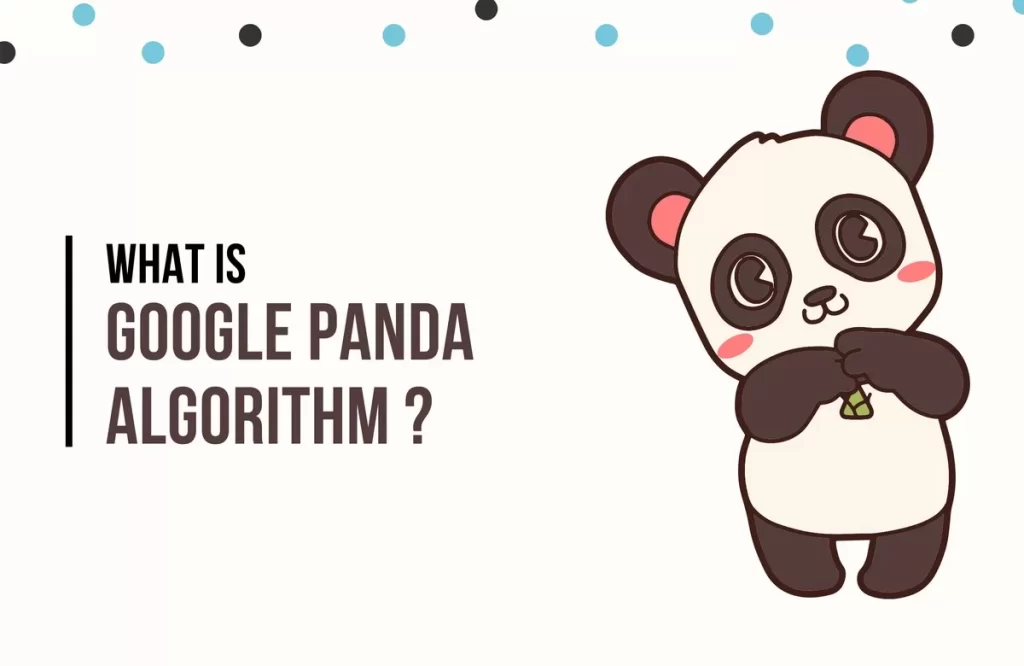
Google Panda Algorithm (2011)
First released in February 2011, subsequent updates were continuous and added to Google’s core algorithm.
Panda was announced to target sites with low-quality content; this was one of the first signals that Google is focusing on content for user experience.
Google Panda Focal Point
- Producing and optimizing unique and engaging content.
- Avoid thin content and focus on producing high-quality information.
- Measure quality over quantity.
- Content length is not an important factor, but it should contain information that responds to the user’s needs.
- Avoid duplicate content, a big concern for e-commerce sites in the beginning. Recently, Google’s John Mueller explained that duplicate content is not a negative ranking factor.
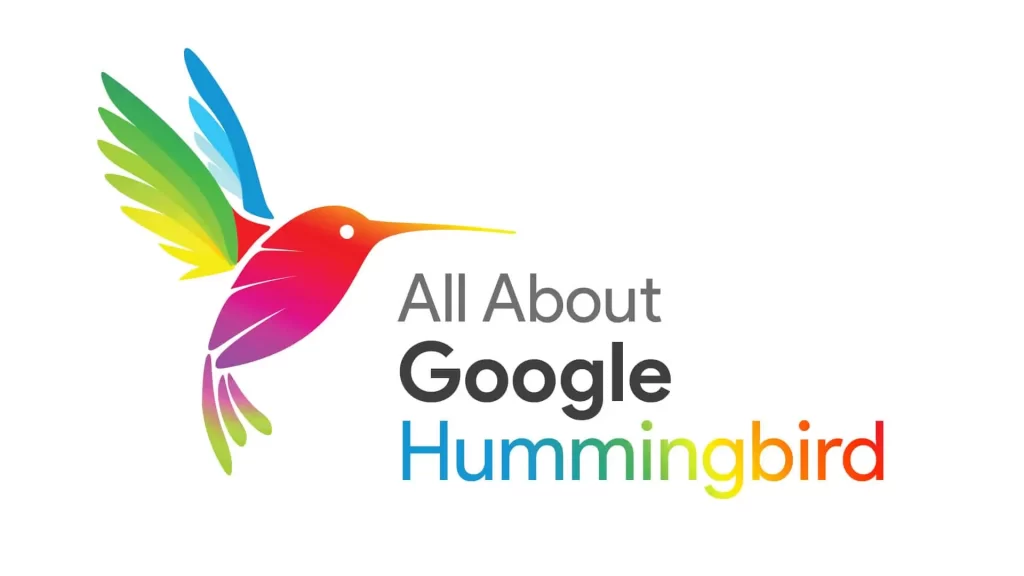
Google Hummingbird Algorithm (2013)
Following the introduction of the Knowledge Graph came Hummingbird, which focused on semantic search.
Hummingbird is designed to help Google better understand the intent and context behind searches.
As users tried to enter queries in a more conversational way, it became important to optimize the user experience by focusing on content beyond keyword with a renewed focus on the long tail.
This was the first indication that Google is using natural language processing (NLP) to identify black hat techniques and generate personalized SERP results.
Google Hummingbird Focal Point
- Creating and optimizing content that viewers want and find useful.
- Long-tail keywords and intent model strategies have become very important.
- Content creation is necessary to address topics that users are interested in and want to learn.
- Expand keyword research to include conceptual and contextual factors.
- Avoid keyword stuffing and producing low-quality content to personalize experiences.
- Google’s focus on user experience

Google EAT Update (2014)
Although the Google EAT concept gained attention in 2018, it first appeared in Google’s Quality Guidelines in 2014.
It’s now part of Google’s guidelines to focus on YMYL – your money or your life.
Marketers were advised to focus on content that could affect their readers’ future happiness, health, financial stability or security.
Google has created EAT guidelines to help marketers tailor their on- and off-page SEO and content strategies to provide users with an experience that includes the most relevant content from sources they can trust.
See all your organic keywords and their specific performance metrics in GA. Free trial. Cancel anytime. Professional support. 4 minute installation.
In other words: Expertise, Competence and Reliability
Google EAT Focal Point
- Ensuring websites offer expert and reliable content that users can trust.
- Create content that demonstrates subject matter expertise and knowledge.
- Focus on the credibility and authority of websites that publish content.
- Improve the overall quality of websites. (structure and security)
- Get off-page media coverage of reputable sites, reviews, testimonials, and expert authors.

Google Mobile Update Mobilegeddon Update (2015)
This was Google’s first warning (or a warning to many) to marketers that an update was coming.
Focusing on the user’s experience on mobile was a key signal reflecting increased mobile usage as part of the customer search journey.
Google has made it clear that this update will prioritize mobile-friendly websites in mobile SERPs. Many more mobile updates followed.
Google Mobilegeddon Focal Point
- Mobile content and users’ mobile site experience.
- Focus on design factors such as responsive design and mobile page structures.
- Improve site navigation so mobile users can quickly find what they need.
- Avoid format issues different from desktop experience on mobile devices.
- Confirm that websites are optimized for mobile devices.
- Right after the mobile update was released, Google quietly released a Quality update.
- Websites that focus on user experience have been successful by focusing on quality content and avoiding too much irrelevant user-generated content and too many ads. This was another sign that Google put user experience first.
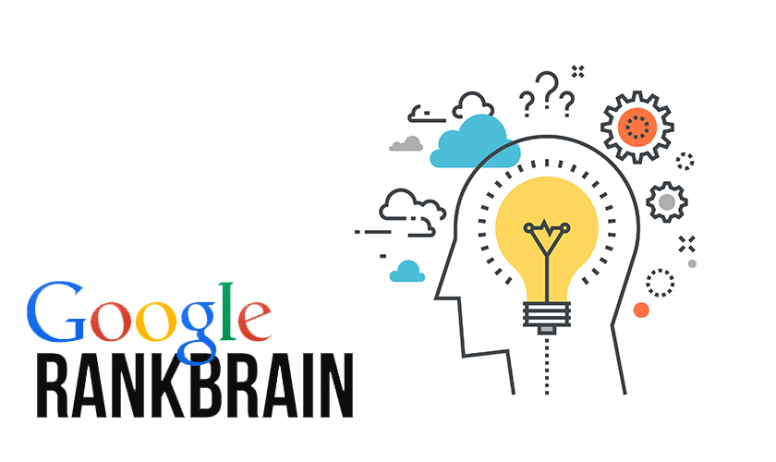
Google RankBrain Algorithm (2015)
Like the Hummingbird principles and NLP mentioned earlier, Google RankBrain was more of a change in algorithm.
It gave us an indication of how vital machine learning is in all forms of marketing and technology.
Using this to learn and predict user behavior, RankBrain powered search results based on an even better understanding of users’ intent.
Google RankBrain Focal Point
- Ensure content reflects user intent and optimize for conversational search.
- More focus and emphasis on creating content that is relevant to the user’s intent.
- Make sure all aspects of technical SEO are updated (such as schema markup).
- Google has stated that RankBrain is the third most important ranking signal.
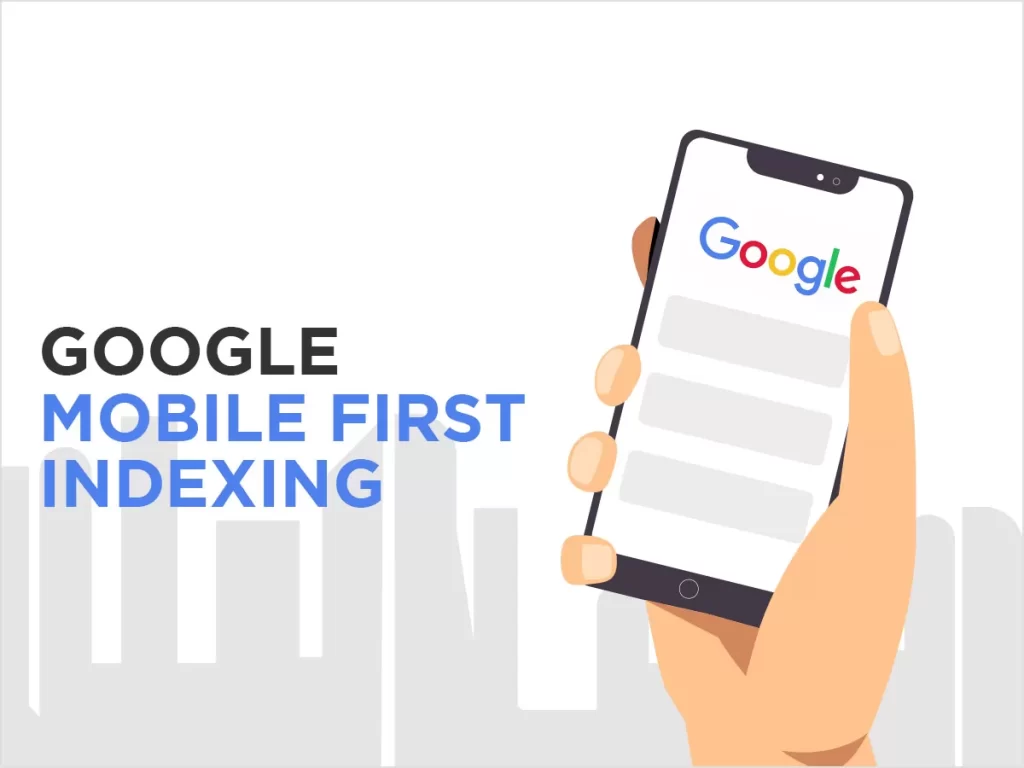
Google Mobile-First Indexing Update (2018)
The Mobile-Priority Indexing Update meant that Google would use the mobile version of a webpage for indexing and ranking.
Once again, this aimed to help improve the user experience and help users find what they are looking for.
Creating content for mobile and focusing on speed and performance have become crucial to success.
Google Mobile-First Directory Focal Point
- Reaffirming the importance of mobile optimization, content, speed and mobile site performance.
- Improve AMP and mobile page speed and performance.
- Make sure URL structures meet Google requirements for mobile and desktop sites
- Add structured data for both desktop and mobile versions.
- Make sure the mobile site contains the same content as the desktop site.
- Google said March 2021 has a rollout date for its mobile-first index.
- Soon after, Google made mobile page speed a ranking factor for website owners to focus on load times and page speed to improve user experience.
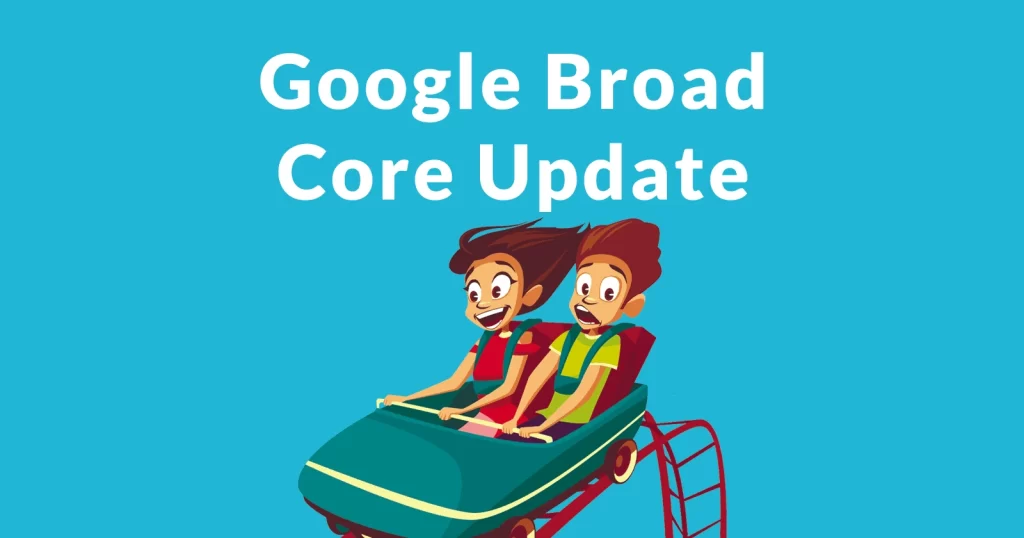
Google Broad Core Algorithm Update (2018)
2018 was a year when Google released a lot of core algorithm updates covering areas such as social signals and pseudo-medical updates.
Especially after the August update, Google’s John Mueller suggested making the content more relevant.
It brought to mind the concept of EAT and content for the user, for many SEO professionals and content marketers, although there was some confusion about ranking factors and fixing certain issues.
Google’s Danny Sullivan suggested the following regarding the rater guidelines that were key to the broad update:
“Want to do better with a wide change? Get great content. Yes, same boring answer. However, if you want to get a better idea of what we consider to be great content, read our rater guidelines. That’s like about 200 pages of stuff to consider.”
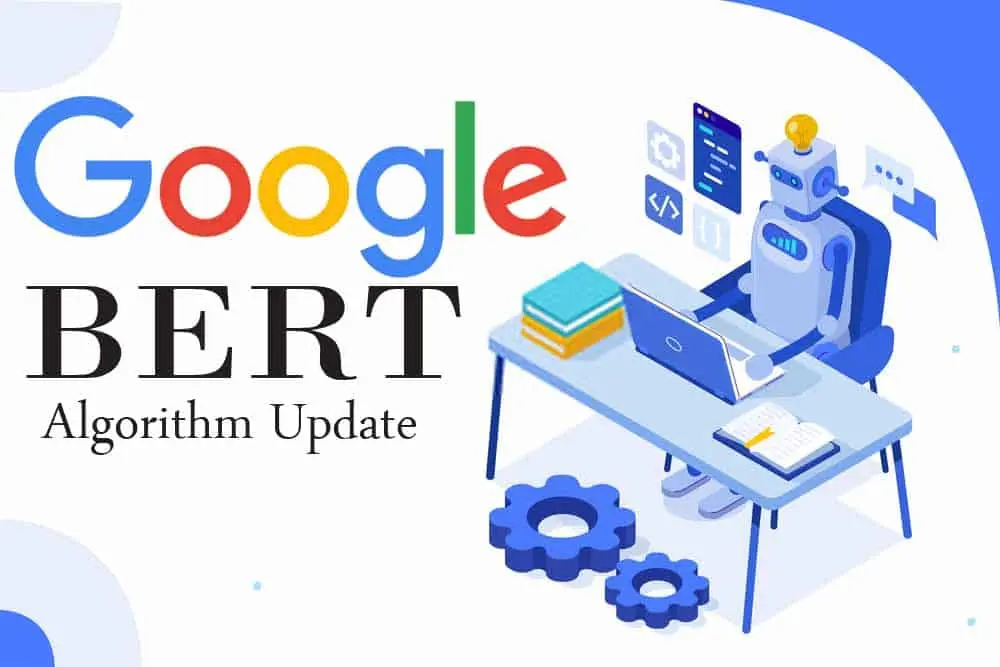
Google BERT Algorithm (2019)
Following RankBrain, this neural network-based method for natural language processing allowed Google to better understand speech queries.
BERT makes it easier for users to find valuable and accurate information.
According to Google, this represented the most significant leap in the past five years and one of the largest in search history.
Google BERT Focal Point
- Developing understanding of consumer intent through conversational search themes.
- Increase the depth and features of the content.
- Work harder with long-tail queries and expressions that use more than three words.
- Make sure the content addresses users’ questions or queries and is properly optimized.
- Focus on writing clearly and concisely for people so it’s easy to understand.
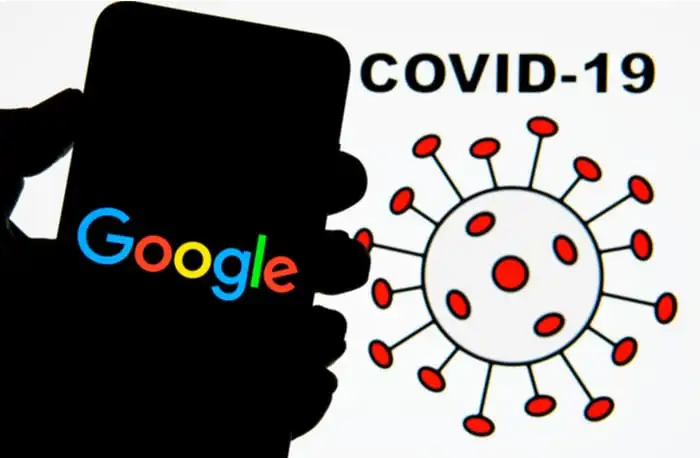
COVID-19 Pandemic Google Maps Update (March 2020)
The global pandemic has meant that consumer behavior and search patterns have changed forever as Google continues to focus on EAT signals.
As the internet struggles to deal with misinformation and SEO experts try to keep up with the rapid shifts and declines in consumer behavior, Google has begun highlighting YMYL signals.
From establishing 24-hour incident response teams and moderating content with the World Health Organization, to helping people find useful information and avoiding misinformation, the user’s needs have never been more important.
SEO demand has soared to an all-time high, and Google has released a COVID-19 playbook.
Google Sheets Experience Update and Important Web Data (May 2020)
Focusing on a site’s technical health and metrics to measure the user experience of a page involves looking at how fast the page content loads, how quickly a browser loading a web page can respond to a user’s input, and how unstable the content is while loading.
Google Page Experience Focal Point
- Integrate new Key Web Data metrics to measure and improve on-page experiences.
- Mobile friendly, safe browsing, HTTPS, and intrusive interstitials
- Google Page Experience Signal.
- LCP (Large Content Painting): Improve page load times for large images and video backgrounds.
- FID (First Login Delay): Make sure your browser responds quickly to a user’s first interaction with a page.
- CLS (Cumulative Layout Shift): Add dimension attributes to your images and video elements, or reserve space with CSS aspect ratio boxes and ensure that content is never superimposed on existing content except for user interaction.
Google Broad Core Algorithm Update (2020)
The third Google core algorithm update of the year was released in December 2020. This came in the form of minor changes that affect the order and weight of certain (not always disclosed) ranking signals.
According to SEJ Contributor Ryan Jones:
“Google aims to deliver content that provides searchers with the best and most complete answers to their queries. Relevance is the only ranking factor that will always prevail over others.”
Google Passage Ranking Algorithm (February 2021)
Google has officially launched its snippet-based indexing feature designed to help users find answers to specific questions.
You’ve probably seen this in the wild, but essentially this allows Google to highlight relevant elements of a passage within a piece of content that fits the question.
This means that long-form content that cannot be reviewed but provides valuable answers can emerge as a result.
Ultimately, this makes it easy for Google to link users to content when they click on a page without forcing them to look for specific answers to their questions.
The key to success in pass rankings comes back to focusing on creating great content for the user.

Google Product Review Update (April 2021)
This new product review update is designed to improve a user’s experience when searching for product reviews.
Marketers have been advised to avoid creating poor content, as this update will reward the content that users find most helpful.
Google Product Review Focal Point
- Reward creators who provide unique and in-depth review content to users
- Google has shared nine helpful questions to consider when creating and publishing product reviews.
- Demonstrate expert knowledge of products.
- Differentiate your product from your competitors.
- Highlight the advantages and disadvantages clearly and precisely.
- Show how the product has evolved to suit the user’s needs.
Google CANDLE Algorithm (May 2021)
Following RankBrain and BERT, MUM (Multitask Unified Model) technology uses AI and NLP to improve information retrieval.
For the end user, this technological advancement helps to provide better information and results as it processes multiple media formats such as video, image and audio.
Pandu Nayak, Google member and vice president of Search, said:
“But with a new technology called Multitask Unified Model, or MUM, we’re getting even closer to helping you with such complex needs. So in the future you will need to search less to get things done.”
Google Page Experience Update and Crucial Web Data (CWV) Release (June 2021)
The highly anticipated Page Experience Update, including Key Web Data, is available after March 2022 with additional updates for the desktop.
Nine months after Google’s Key Web Data became available, and more than a year since BrightEdge launched pre-release predictive research, new research has shown how many industries are adapting and improving Key Web Data.
Google CWV Focal Point
- Improving Page Experiences for users with speed and precision.
- Retail giants have made significant strides in improving experiences.
- In situations like retail, CWV metrics like input lag have been cut in half.
- Despite being the best prepared Finance last year, it achieved the least performance improvement in the categories evaluated.
Google Spam Update (June 2021) and Link Spam Algorithm Update (July 2021)
Ensuring users get the right results based on their searches is the foundation of a good experience.
Also, updates and algorithm changes help protect users’ privacy to keep searches safe and secure.
Google Spam Update Focal Point
- Keeping user experiences safe.
- Learn more in this video from Google.
Google Local Search Update (November 2021)
Google has always provided local search updates for local search users and tweaked its algorithm for better user results.
Local search isn’t such a big channel to be condescended to, it’s another post entirely.
This includes guidance on how businesses can improve their local rankings for better customer experiences.
Google Product Algorithm Update (March 2022)
On March 23, 2022, Google provided an instruction update based on how product reviews have performed in a year.
It also informed the community about improved rollout updates to help users uncover accurate and relevant information to aid purchasing decisions.
Google Product Algorithm Update Focal Point
- User experience and unfolding results that help users make purchasing easier.
- As always, showcase your expertise and make sure the content is original
- Share why you recommend products that have evidence to support it.
Highlights of Google Algorithm Updates from Past to Present
A successful user experience requires a combination of content and technical expertise. Updates and guidance help marketers create content for the user.
In addition, algorithms and technological advances help Google generate better results and display content that is accurate, relevant, and reliable.
Google will continue to focus on improving experiences for its users.
As a marketer looking to optimize both, ensuring your website (from navigation, speed, and reliability) and focusing on content is crucial.
Most of Google’s updates point to the convergence of excellence in technical SEO, data science, and content marketing.

